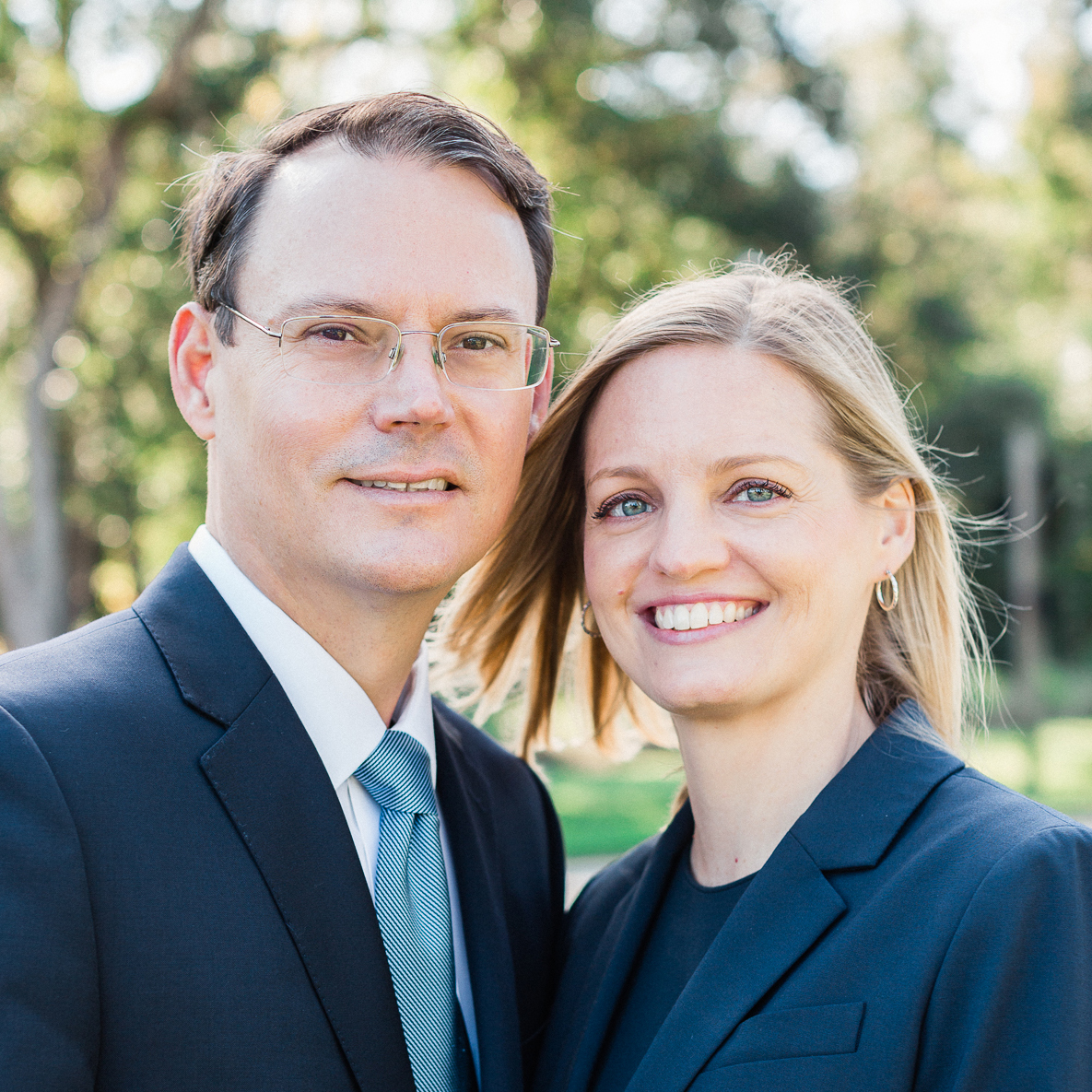Three ways you could structure your business’s commission split.
“What is the best commission split?” This is a question that brokerage owners always wrestle with. You want to attract as many talented agents as possible, but you also need to remain profitable. What commission split should you use to achieve that balance? The answer is that it depends on the situation because how you pay your agents is often more important than how much you pay your agents. I’ll go over three of the best commission models in the industry and tell you which situation they are most applicable to:
1. Transaction fee model. This model provides agents with the basic brokerage services for a low monthly fee of between $35 and $75 and an additional transaction fee of between $250 and $500 when they make a sale. Services like marketing and training are not provided by the brokerage. This model has become much more popular in recent years due to improvements in cloud-based real estate software.
Since the monthly fee and commission share are low, this business model is only profitable once you have about 200 agents. You’ll need to reach that break-even point quickly. Most transaction fee model brokerages have also required remote working to keep costs down and stay profitable.
“How you pay your agents is often more important than how much you pay.”
2. Split compensation model. This model started in the 1950s and is still the most common one used today. The brokerage takes on the role of marketing and attracting clients for agents for a low monthly fee and also gets a larger split of the commission. There are three types of split compensation models: traditional, graduated, and split to cap.
In traditional split models, brokerages get 40% of the commission and often offer all-inclusive services. This makes the traditional split model ideal for smaller brokerages with low-to-mid producing agents.
Graduated split models allow the agent to take an increasing percentage of the commission based on reaching certain GCI milestones. This method keeps your agents motivated and increases the retention rate of your top-producing agents. The increase in recruitment and retention will grow your business.
Split to cap models have agents splitting a set percentage of the commission until the brokerage’s split reaches a certain value, after which the agent keeps 100% of the commission. This model is popular because it supports multiple agent types. However, this model works best for brokerages with over 40 agents because monthly profitability becomes an issue when your top-producing agents reach the cap quickly.
3. Monthly fee model. This model has agents pay a set monthly fee to the brokerage for their services while keeping 100% of the commission. Once your business grows to about 20+ agents, you will have more stable revenue than the split models. However, the challenge with monthly fee models is that attracting newer and lower-producing agents will be more difficult.
If you have questions about this topic, or if I can help you with anything else, don’t hesitate to reach out to me by phone or email. I look forward to hearing from you.




